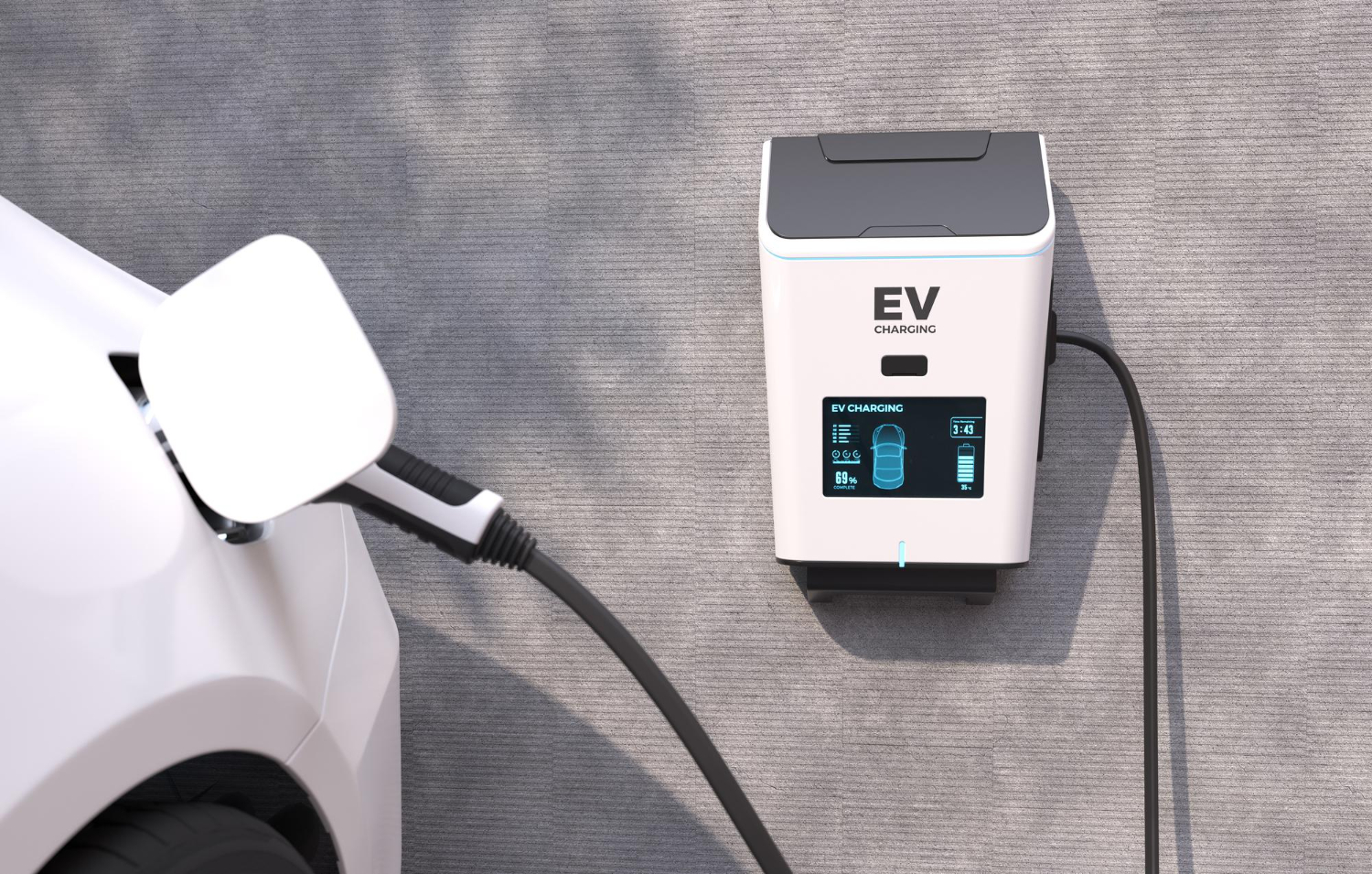How Strata Buildings in BC Can Become EV-Ready: A Step-by-Step Guide
How Strata Buildings in BC Can Become EV-Ready: A Step-by-Step Guide
The popularity of electric vehicles (EVs) has been soaring, changing the way we think about transportation and energy use. As more people opt for cleaner vehicles, there's a growing need for the places we live to keep up. In British Columbia, this shift means that strata buildings, which are common residential complexes, must evolve to accommodate EV owners. This evolution isn't just about convenience. It's about looking ahead and matching the present demands with sustainable solutions.
Being EV-ready involves more than just installing chargers. It's about creating a supportive environment for this new wave of technology. In BC, there are specific steps and regulations to follow to help everything run smoothly and efficiently. Below is a clear roadmap that strata buildings can take to make EV charging a reality.

Understanding the EV Requirements for Strata Buildings in BC
Getting your building ready for EVs begins with knowing the rules. In BC, both local and provincial governments offer various incentives that not only encourage the adoption of EV chargers but also outline clear steps for doing it right. Familiarizing yourself with these requirements will help your plans stay compliant and give your building long-term success.
These programs don’t stop at financial support. They also provide helpful tools and information that ease the learning curve. There may be rebates or funding options available for buildings that commit to eco-friendly changes such as EV readiness. Taking the time to learn what’s out there is an important part of starting this project smartly.
Assessing Current Electrical Infrastructure
Before thinking about charger placement, start with what your building already has. Is the electrical setup ready for the extra demand that comes with multiple EV chargers? Many older strata developments in BC may find that their current systems fall short.
Start by checking your building’s electrical capacity. You need to know whether your system can handle the added load or if upgrades are required. Some common issues include outdated panels, lack of available service capacity, or physical limitations in getting power to parking areas.
Bringing in professionals at this point can save you time and money. A commercial electrical contractor can inspect the current setup and provide feedback on what needs to be improved or replaced. This step lays the foundation for everything else that follows.

Engaging the Right Professionals
You don’t want to take chances with EV infrastructure. This is why hiring qualified professionals is a must. Look for licensed electrical contractors with experience in installing EV charging systems, especially in strata or multi-unit buildings in BC. They’ll know what’s required from both a technical and regulatory point of view.
When choosing a contractor, don’t hesitate to ask questions. Find out if they've worked on similar buildings, what kind of EV charger models they recommend, and how they manage safety and code compliance. A good contractor should be prepared to walk you through every phase of the project.
The selection process should also include your strata council. Their role is important because they can help balance technical recommendations with community needs. Their involvement ensures that the project maintains transparency, meets resident expectations, and supports the building’s shared interests.
Planning and Installing EV Charging Stations
Strategic planning makes all the difference. When you're designing the charger layout, consider practical factors like where people usually park, how easy it is to run electrical lines, and how many stations are needed for future growth.
Planning and installation typically follow these steps:
1. Site Assessment: Identify where installation makes the most sense and look for any on-site limitations.
2. Design and Layout: Create a blueprint that fits your parking setup while considering electrical and architectural constraints.
3. Installation: Contractors install chargers, run conduits, and ensure everything complies with local electrical code.
4. Testing: Each station is tested to confirm reliable performance and safe operation.
While installation is underway, good communication with residents is key. Send out updates about the work schedule. Aim to do the most disruptive tasks during times when fewer cars are in the lot. If possible, offer alternative parking or reduce the time that access is limited.
Managing Costs and Funding Options
Installing EV chargers means budgeting for hardware, labour, electrical upgrades, and future maintenance. But the costs don’t have to overwhelm your strata. BC offers a number of programs and rebates that can ease the price tag.
Start with a clear list of expenses: charging station units, contractor fees, permits, upgrades to panels or transformers, and signage. Once you have this, explore all available funding resources. These can include provincial rebates, utility company grants, or even municipal pilot programs. Making the most of these options can significantly lower your actual out-of-pocket cost.
Keep your budget conversation open with all parties involved. Contractors can often provide quotes or advice based on buildings with similar layouts. Some financial institutions also have loans geared toward eco-friendly improvements. By planning ahead and working closely with trusted partners, you can minimize financial stress and stay within your means.
Maintaining and Upgrading Your EV System
Once your system is operational, it doesn’t stop there. Regular maintenance will keep everything working effectively and help extend the life of your chargers. Most service providers offer maintenance packages that cover routine check-ups, software updates, and even cleaning or signage replacement.
As more residents begin using EVs, your system may need to expand. Planning with scalability in mind now will make future installations easier and less risky. That includes leaving extra space for wiring, choosing systems that allow future add-ons, and thinking ahead about how many chargers will eventually be needed in the building.
With the right setup, your system will be reliable and easy to manage. Partnering with professionals who offer long-term support can reduce downtime and improve resident satisfaction.
Setting the Pace for Cleaner Communities
Strata buildings that support EV infrastructure play a big part in pushing for cleaner urban living. Making this upgrade shows forward thinking and care for the environment, which adds appeal for current and future residents alike.
Being EV-ready lifts your property's profile and shows your commitment to sustainable values. It can increase interest from renters or buyers who are looking for modern features. It also helps build stronger communities, where everyone feels part of a shared commitment to doing better.
Your building could be the one that leads the way and inspires nearby developments to follow suit. By planning carefully, working with the right experts, and focusing on long-term goals, your strata can set the standard for what's possible.
To turn your strata building into a haven for electric vehicles, consider partnering with professionals skilled in commercial electrical installation in Vancouver. Electric Asset Inc. can help you navigate the complexities of EV charger setup, ensuring your building's infrastructure supports sustainable living. Join the movement toward a greener future and enhance your property’s value and appeal today.



